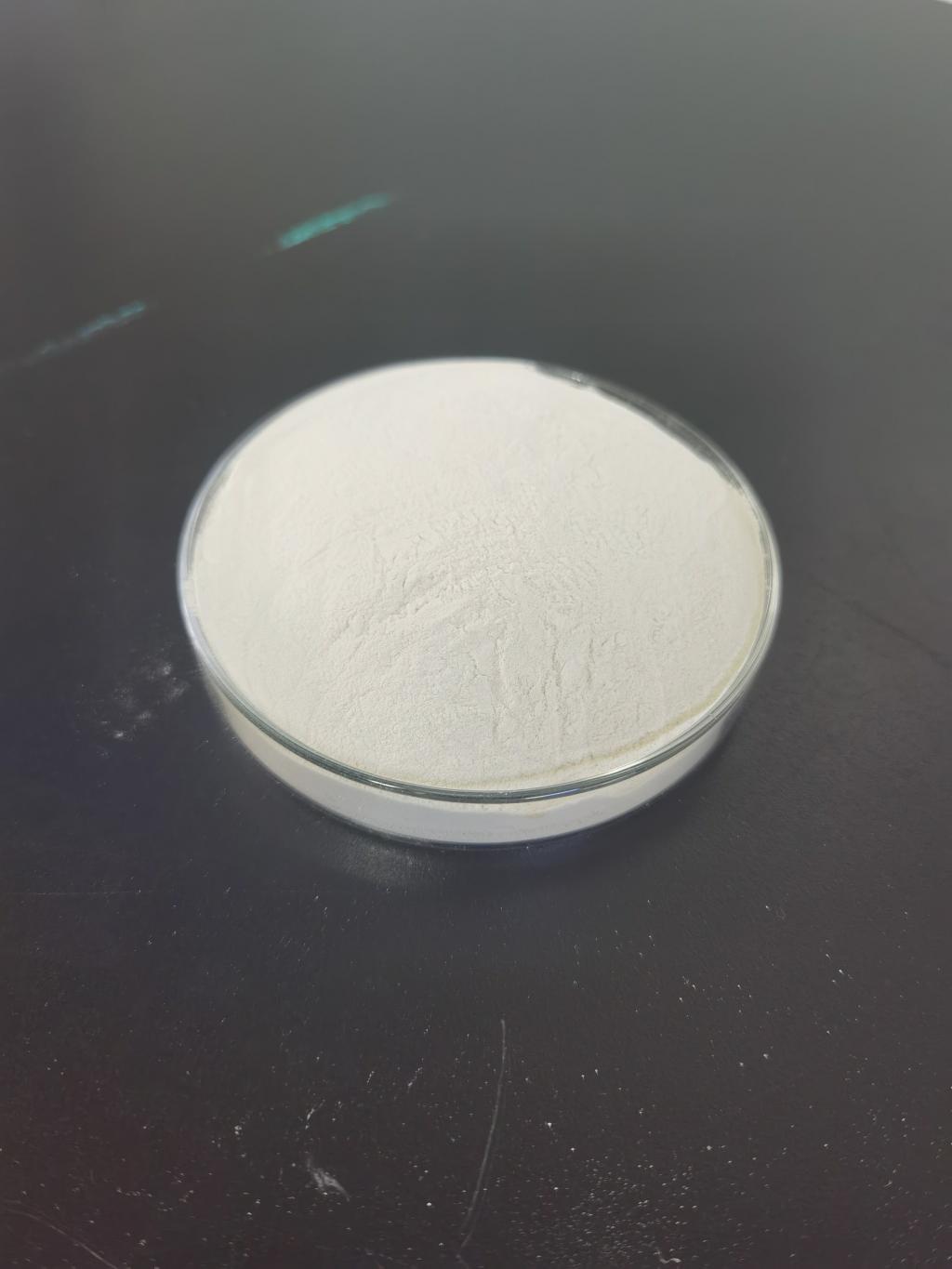Tel:+8618231198596

News
 CONTACT
CONTACT
 CONTACT
CONTACT
- Linkman:Linda Yao
- Tel: +8618231198596
- Email:linda.yao@dcpharma.cn
- Linkman:CHARLES.WANG
- Department:Overseas
- Tel: 0086 0311-85537378 0086 0311-85539701
News
Nisin combating antibiotic resistance.
TIME:2024-05-11
1. Understanding Nisin:
Origin and production: Nisin is a bacteriocin produced by certain strains of lactic acid bacteria, primarily Lactococcus lactis.
Structure and properties: It is a polycyclic peptide consisting of 34 amino acid residues, with a unique mechanism of action targeting bacterial cell membranes.
Safety for human consumption: Nisin has been extensively studied and approved for use as a food preservative, demonstrating its safety for human consumption.
2. Mechanisms of Action Against Resistant Pathogens:
Disruption of bacterial cell membranes: Nisin binds to lipid II, a precursor in bacterial cell wall synthesis, leading to membrane disruption and cell death.
Overcoming antibiotic resistance mechanisms: Nisin exhibits potent activity against multidrug-resistant bacteria, including methicillin-resistant Staphylococcus aureus (MRSA), vancomycin-resistant enterococci (VRE), and multidrug-resistant Gram-negative pathogens.
3. Applications in Healthcare Settings:
Treatment of bacterial infections: Nisin-based formulations, including topical creams, wound dressings, and mouth rinses, show promise in treating bacterial infections, including those caused by antibiotic-resistant strains.
Prevention of nosocomial infections: Nisin-coated medical devices and surfaces help prevent the spread of nosocomial infections in healthcare settings, reducing the risk of contamination and transmission of resistant bacteria.
4. Regulatory Considerations:
Safety assessment: Nisin has been evaluated for safety by regulatory agencies worldwide and is approved for use as a food additive and preservative.
Clinical trials: Ongoing clinical trials are evaluating the safety and efficacy of nisin-based formulations for the treatment and prevention of bacterial infections, including those caused by antibiotic-resistant pathogens.
5. Future Prospects and Challenges:
Development of novel formulations: Continued research is needed to optimize the formulation and delivery of nisin-based antimicrobial agents for maximum efficacy and safety in clinical settings.
Regulatory approvals: Streamlined regulatory pathways and guidelines are essential for expediting the approval process for nisin-based antimicrobial products, facilitating their timely deployment in healthcare settings.
Public awareness and acceptance: Increasing public awareness of nisin as a potential solution to antibiotic resistance and addressing any misconceptions or concerns regarding its use are critical for its widespread acceptance and adoption.
Conclusion:
Nisin represents a promising natural alternative for combating antibiotic resistance, offering a safe and effective antimicrobial solution against a wide range of resistant pathogens. With its unique mechanisms of action, broad spectrum of activity, and safety profile, nisin holds great potential for addressing the global challenge of antibiotic resistance and improving patient outcomes in healthcare settings. Continued research, regulatory support, and public awareness efforts are essential for realizing the full potential of nisin in combating antibiotic resistance and safeguarding public health.
- Tel:+8618231198596
- Whatsapp:18231198596
- Chat With Skype







